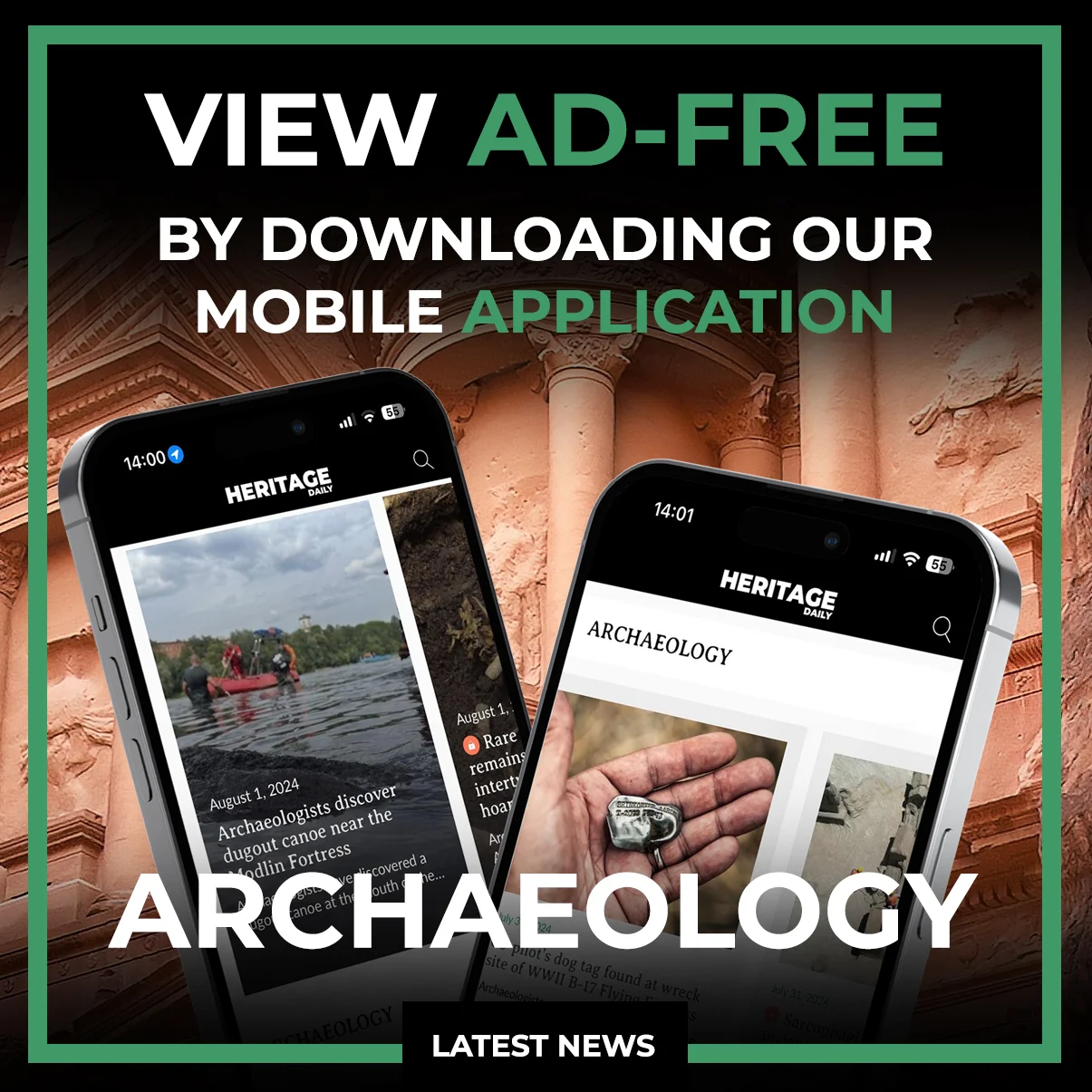Archaeologists from the Israel Antiquities Authority (IAA) and the Lod Municipality have unearthed a hoard of 94 coins in Lod from the time of the Gallus Revolt.
The Gallus Revolt was an uprising by the Jews of Roman Palaestina against the rule of Constantius Gallus (brother-in-law of Emperor Constantius II) during the Roman civil war of AD 350–353.
The uprising was in response to the persecution of non-Christians by Constantius and the Christian clergy, who incited riots and destroyed Jewish synagogues and temples.
“Though written evidence is sparse regarding this revolt, there are texts reporting that major Jewish communities such as Lod, Zipori and Tiberias were destroyed by the forces of Roman Ceasar Flavius Constantinus Gallus,” said the IAA.
Recent excavations in Lod, a city in the Central District of Israel, have unearthed a deposit of 94 coins in the remains of a destroyed Jewish public building. The building dates from the Late Roman-Early Byzantine period, where the archaeologists also found Hebrew and Latin inscriptions, and several stone artefacts made from marble.
During this period, Lod was a former Roman colony, elevated to the status of a city by Septimius Severus, who named it “Colonia Lucia Septimia Severa Diospolis”.
According to the archaeologists, the hoard consists of bronze and silver coins that date from between AD 221 to 354, the latter being during the time of the uprising.

Professor Joshua Schwartz from the IAA, said: “It is difficult to determine if this magnificent building served as synagogue, study hall, meeting hall of the elders, or all three of these functions as one.”
“What is clear, is that the building’s size, the coin hoard, and the assemblage of archaeological finds produced by the excavation, fit well into the Lod/Diospolis’ description in both Jewish and non-Jewish sources as a centre of Torah-true Jewish life in the Mishna and Talmud periods,” added Professor Schwartz.
Header Image Credit : Israel Antiquities Authority
Sources : IAA





